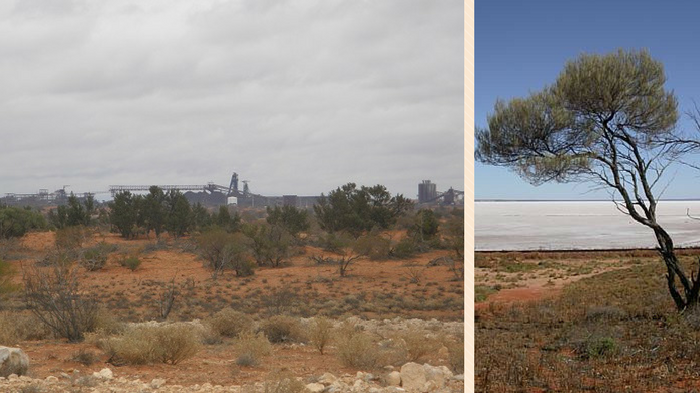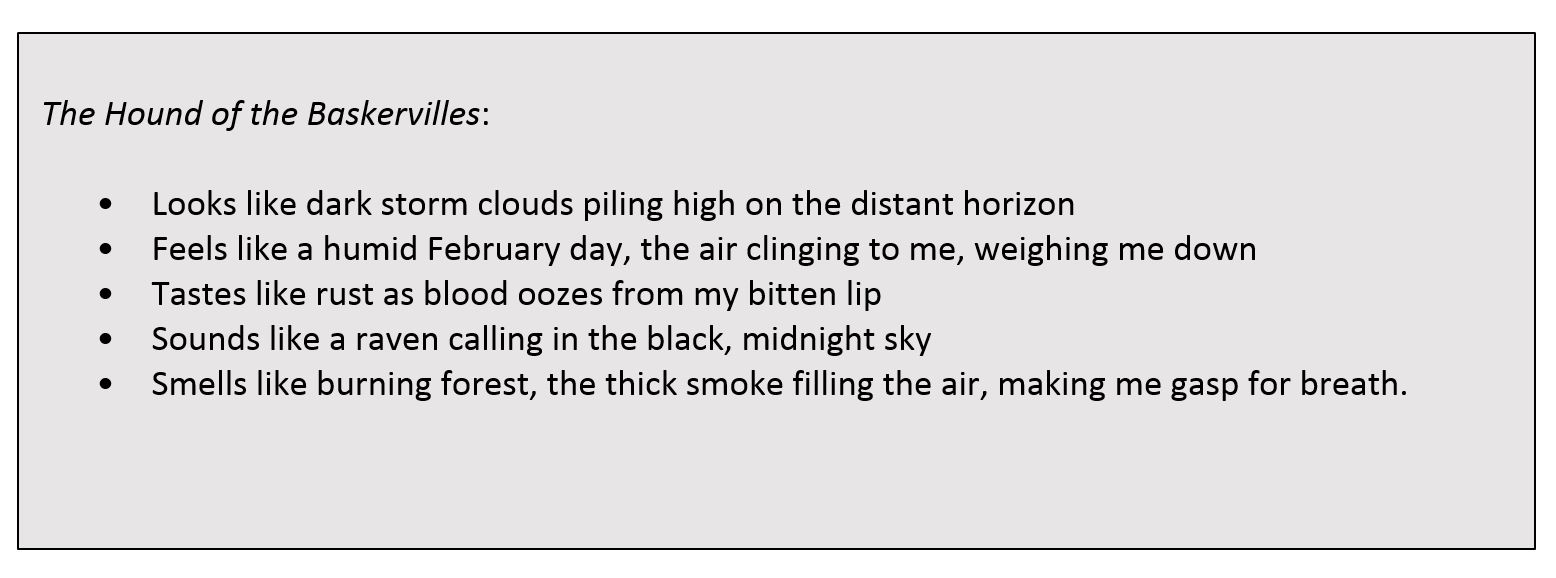AustLit
-
Nightpeople by Anthony Eaton is set in a fictionalised version of an arid Australian landscape. Students may have experienced this themselves, but for students living on the coast, they may need some exposure to this landscape through images and video. In addition, aspects of the story may resonate more with further background information and understanding suggested below.
-
Activity One: Making Predictions
The cover of Nightpeople is evocative and the main image constructs quite a strange world. Before students do any further activities or begin reading the book, ask them to study the cover (especially the image that wraps around the front and back) carefully.
For example:
- note details in the image. Can students see the two people in the bottom left hand corner? Is the large decaying structure a building or a rocket or something else? Why is it decaying? What are the posts around the structure and why do they have the shape they do? Why is at least one leaning over? What is the crater? Can students see the second structure? What’s the landscape surrounding these structures?
- consider the colours used. What are the dominant colours? What atmosphere do they evoke?
Taking all of these details into account, students can make predictions about the story:
- Where and when is it set?
- What might it be about?
- Who will be the characters?
As the novel is read, students can check back to these predictions and see how they went.
-
Activity Two: Context
The two main towns in mentioned in the book are Woormra and Olympic. These are fairly clear references to real locations in South Australia, Woomera and the Olympic Dam Mine. In the novel, the cataclysm called The Shifting involves a nuclear waste dump, and both of these places have connections to the nuclear industry: Woomera was a site for testing the atomic bomb and the Olympic Dam mine is a major source of uranium.
-
So, while not necessary for understanding the story, the novel may take on greater significance for students if they undertake some light research into the backgrounds of both places. Be sure to include research about impacts of mining and nuclear weapons testing on local Aboriginal people.
The following websites would be useful starting points:
- Olympic Dam: on this page, it might be interesting to follow the links to the Uranium incident reports towards the bottom of the page.
- Maralinga: When home is an atomic test site: This site deals with the impact on Aboriginal people of atomic testing at the Woomera Rocket Range in the 1950s and 1960s.
-
Activity Three: Andamooka Nuclear Waste Dump Proposal
In his interview with Kim Wilkins, Anthony Eaton states that the genesis for the novel was in a news story about a proposed nuclear waste dump in Adamooka, South Australia. In effect, Eaton explores the question: What if the dump had actually been built?
While the original article in from the now-defunct Bulletin magazine is not easily available, here are some other starting points for students to discover more:
In addition, here is a link to more recent discussions about proposed nuclear waste dump sites:
After completing Activities two and three, students should look for possible connections with places and events in Nightpeople. As they read, students can discuss the following:
- How does knowing about these places and events influence how you read and understand the novel?
-
Activity Four: Anticipating Themes
Start students thinking about some of the key themes in Nightpeople. This can be done through discussing hypothetical scenarios in small groups. Students are to reach a consensus on one or both of the scenarios in the table below. Ensure students think through the consequences (both positive and negative) of the choices they make.
-
Theme Hypothetical Caring for the environment The government proposes to build a nuclear waste storage facility near the town where you live. How would you feel about this? What are the pros and cons? If you are opposed to the proposal, what action would you be prepared to take in order to block the facility from being built? What would you NOT be prepared to do and why? Agency You are a teenager living in a remote valley, far from civilization in a post-apocalyptic world. One day, a stranger appears and you overhear him tell your carer that he intends to take you away, as you are special in some way and will be used to bargain with a shadowy group of people known as the Nightpeople. How do you react? What will you do and why? -
As students read, analyse and interpret the novel, they can refer back to their discussions during this activity, comparing their consensus decisions to what happens to Saria and other characters in the novel.
-
Activity Five: Reading the Novel
Nightpeople should not pose any problems for competent readers. However, it is quite long at 381 pages and some readers may find this length daunting. In this case, it may be worth reading aloud the first two or three chapters to get them into the story. In addition, the summary of the novel provided earlier might help students navigate the story. Finally, if students need to read the novel for assessment, consider breaking the novel into manageable chunks for some students, with students expected to read key chapters and verbal summaries provided by the teacher to bridge these chapter.
-
Once students have read the novel (or as they reach key moments), students should be asked for their reactions to the setting, the characters and the unfolding situations and events. These can be used as a starting point for further exploration and discussion, e.g., how did the author encourage you to react in that way?
While there are many ways to extract reactions from students, here are just two that might be useful.
-
Activity Six: Response Similes
Ask student to react to Nightpeople by writing a series of similes related to each of the five senses:
-
This is a particularly appropriate way of responding given what Anthony Eaton says in the interview about using taste as a starting point for writing scenes.
Here is a model based on reactions to reading The Hound of the Baskervilles by Sir Arthur Conan Doyle (not a fantasy novel). These similes capture the book’s atmosphere of menace and foreboding.
-
Activity Seven: Speed Reviews
After modelling by the teacher, students can be asked to pair up and provide a verbal review of Nightpeople by Anthony Eaton. The catch is that the review can be no longer than 90 seconds. In that time, students should include:
- an overall evaluation
- a discussion of one element (characters, setting or story) that they particularly liked or disliked
- a star rating (out of five).
At the end of the 90 seconds, students swap and listen to their partner’s review. Finally, students part and have 30 seconds to pair up with another student and repeat the review process. This can continue as long as students are engaged or for a set amount of time. As students hear what others have to say about the book, they should be encouraged to revise their own views and maybe even acknowledge opposing views in later versions of their review (e.g., I know that some people thought…However…).
You might be interested in...








